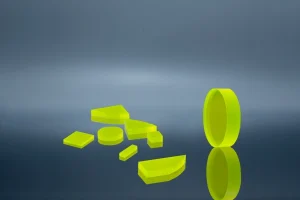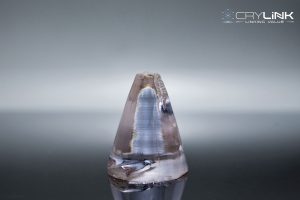Introduction to Dispersion Management
Dispersion management is a critical aspect of laser technology. It involves controlling the spread of light pulses in a medium to ensure optimal performance. Two materials that have proven to be highly effective in this regard are SF10 and fused silica. These materials, with their unique properties, play a pivotal role in managing pulse dispersion in lasers.
Understanding Pulse Dispersion
Pulse dispersion refers to the spreading of light pulses as they travel through a medium. This phenomenon can lead to a decrease in the quality of the laser beam, affecting its efficiency and precision. Therefore, managing pulse dispersion is crucial in laser technology.
The Role of SF10 in Dispersion Management
SF10, a type of heavy flint glass, plays a crucial role in the field of dispersion management, particularly in laser technology. This material is highly valued for its unique properties, including a high refractive index and low dispersion characteristics. These attributes make SF10 an exceptional choice for managing pulse dispersion in lasers, a critical aspect that significantly influences the performance and efficiency of these devices.
The high refractive index of SF10 is one of its most notable properties. This characteristic refers to the material’s ability to bend light, a fundamental aspect in the field of optics. In the context of laser technology, the high refractive index of SF10 allows it to slow down the speed of light pulses as they travel through the material. This slowing down effect is crucial as it reduces the spread of the light pulses, a phenomenon known as pulse dispersion.
Pulse dispersion can lead to a decrease in the quality of the laser beam, affecting its efficiency and precision. By slowing down the light pulses, SF10 effectively manages pulse dispersion, thereby maintaining the integrity of the laser beam. This means that the laser beam can maintain its shape and intensity over longer distances, leading to improved performance of the laser system.
Furthermore, SF10’s low dispersion characteristic complements its high refractive index. Low dispersion means that the material minimizes the spreading of different wavelengths of light, maintaining the coherence of the laser beam. This property, combined with the high refractive index, makes SF10 an excellent material for managing pulse dispersion in lasers, contributing to the production of high-quality, precise, and efficient laser systems.
In conclusion, SF10’s unique properties, including its high refractive index and low dispersion characteristics, make it an invaluable material in the field of laser technology. Its ability to effectively manage pulse dispersion contributes to the development of high-performance laser systems, underscoring its critical role in dispersion management.
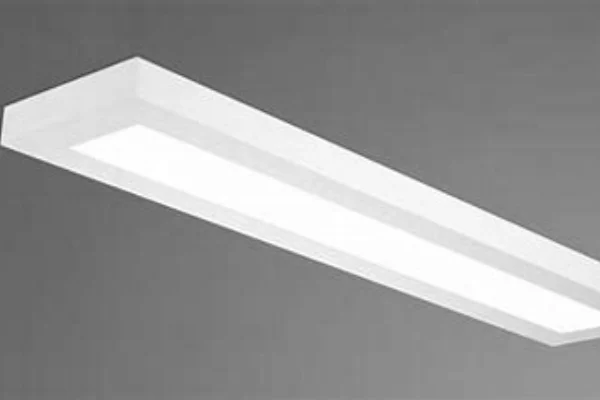
Fused Silica: A Complementary Approach
Fused silica, a type of glass consisting of pure silicon dioxide, provides a complementary approach to dispersion management in laser technology. While it has a lower refractive index compared to SF10, it possesses other exceptional properties that make it an ideal material for high-power laser applications.
One of the key attributes of fused silica is its remarkable thermal stability. In high-power laser systems, heat management is a critical factor. Excessive heat can lead to thermal lensing, a phenomenon that distorts the laser beam and reduces the overall performance and efficiency of the system. Fused silica’s high thermal stability means it can withstand high temperatures without undergoing significant physical changes. This property allows it to maintain the integrity of the laser beam even under high-power conditions, ensuring the laser system’s consistent performance.
In addition to thermal stability, fused silica also exhibits excellent resistance to radiation damage. High-power lasers often generate substantial amounts of radiation, which can damage the materials used in the laser system. Fused silica’s resistance to radiation damage makes it a robust material that can endure the harsh conditions within high-power laser systems. This resistance contributes to the longevity of the laser system, reducing the need for frequent maintenance or replacement of components.
Furthermore, while fused silica’s refractive index is lower than that of SF10, it still effectively manages pulse dispersion. Its lower refractive index means that light pulses travel faster through it than through SF10. However, its excellent thermal stability and radiation resistance ensure that the laser beam’s quality and precision are maintained.
In conclusion, fused silica offers a complementary approach to SF10 in managing pulse dispersion in lasers. Its exceptional thermal stability, resistance to radiation damage, and adequate refractive index make it an ideal material for high-power laser applications. These properties underscore the importance of fused silica in the field of laser technology, particularly in the realm of dispersion management.
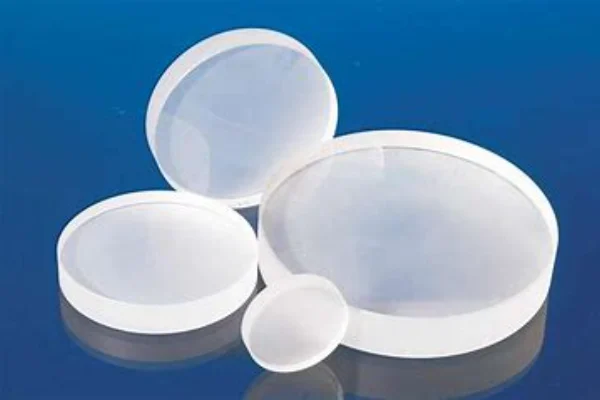
Synergy of SF10 and Fused Silica in Dispersion Management
The combination of SF10 and fused silica provides a comprehensive solution for dispersion management. While SF10 effectively reduces the spread of light pulses, fused silica ensures the laser’s durability under high-power conditions. This synergy results in a laser system that delivers high precision without compromising on longevity.
The incorporation of SF10 and fused silica in laser systems brings forth several advantages that significantly enhance the performance and versatility of these systems. One of the primary benefits is the enhanced beam quality. The unique properties of SF10 and fused silica, such as high refractive index and exceptional thermal stability, contribute to the reduction of pulse dispersion. This reduction leads to a more focused and coherent laser beam, thereby enhancing the quality of the beam.
In addition to improved beam quality, the use of SF10 and fused silica also leads to increased precision in laser systems. Precision is a critical factor in many applications of laser technology, such as telecommunications, medical technology, and industrial processing. The effective management of pulse dispersion by SF10 and fused silica ensures that the laser beam maintains its integrity over longer distances, resulting in more precise and accurate results.
Furthermore, the use of SF10 and fused silica contributes to the increased lifespan of laser systems. Fused silica’s exceptional thermal stability and resistance to radiation damage make it a robust material that can withstand the harsh conditions within high-power laser systems. This durability reduces the need for frequent maintenance or replacement of components, thereby increasing the lifespan of the laser system.
Moreover, the complementary properties of SF10 and fused silica allow for the creation of more versatile laser systems. SF10’s high refractive index and low dispersion characteristics, combined with fused silica’s thermal stability and radiation resistance, provide a comprehensive solution for managing pulse dispersion. This synergy allows the laser system to handle a wide range of applications, making it a versatile tool in various fields.
In various laser applications, including telecommunications, medical technology, and industrial processing, SF10 and fused silica have proven to be invaluable. Their ability to effectively manage pulse dispersion makes them suitable for any application that requires high precision and reliability. As such, the use of SF10 and fused silica in laser technology not only enhances the performance of laser systems but also expands their potential applications.
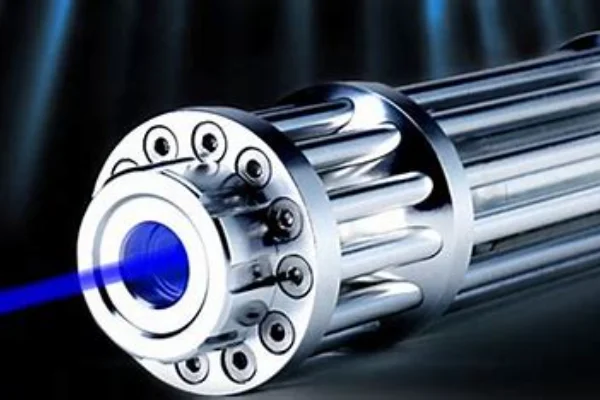
Figure 3. high power laser
Future Prospects of Dispersion Management with SF10 and Fused Silica
Looking ahead, the future prospects of dispersion management with SF10 and fused silica are promising. As advancements in laser technology continue to unfold, the importance of these materials in managing pulse dispersion is expected to grow significantly. The unique properties of SF10 and fused silica, including their high refractive indices, low dispersion characteristics, and exceptional thermal stability, make them indispensable in the evolving landscape of laser technology.
The demand for more efficient and precise laser systems is on the rise across various sectors, including telecommunications, healthcare, manufacturing, and research. This increasing demand underscores the need for effective dispersion management solutions. SF10 and fused silica, with their proven capabilities in managing pulse dispersion, are poised to meet this demand.
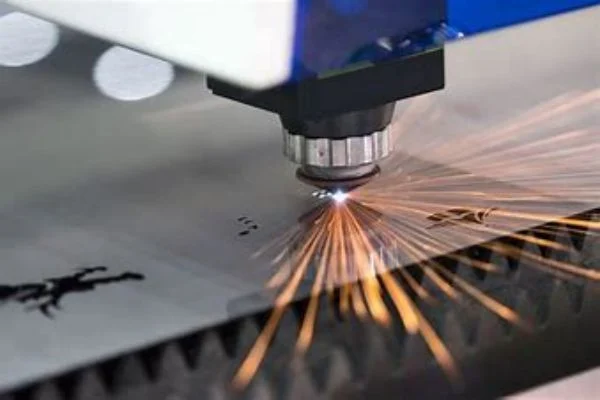
Moreover, as laser systems become more complex and powerful, the challenges associated with pulse dispersion are likely to become more pronounced. SF10 and fused silica, with their complementary properties, offer a comprehensive solution to these challenges. Therefore, these materials are expected to remain at the forefront of dispersion management solutions.
In conclusion, the future of dispersion management with SF10 and fused silica looks bright. As laser technology continues to advance and the demand for high-performance laser systems grows, these materials will play an increasingly important role in shaping the future of laser technology. Their continued use and development will undoubtedly lead to more efficient, precise, and reliable laser systems.
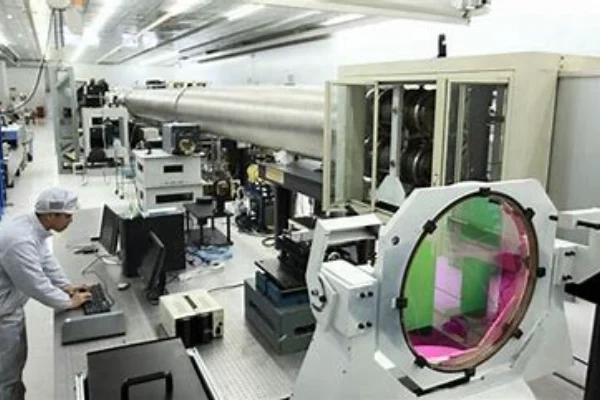
Conclusion
In conclusion, SF10 and fused silica offer a robust and effective solution for managing pulse dispersion in lasers. Their unique properties and complementary roles make them indispensable in the realm of laser technology. As we continue to push the boundaries of what’s possible with lasers, these materials will undoubtedly play a pivotal role in shaping the future of this technology.
Frequently Asked Questions
- 1. What is pulse dispersion in lasers?
- Pulse dispersion refers to the spreading of light pulses as they travel through a medium. It can affect the quality and efficiency of a laser beam.
- 2. How does SF10 contribute to dispersion management?
- SF10 is a heavy flint glass with a high refractive index and low dispersion characteristics. It can effectively slow down light pulses, reducing their spread and maintaining the integrity of the laser beam.
- 3. Why is fused silica used in lasers?
- Fused silica has exceptional thermal stability and resistance to radiation damage. These properties make it ideal for high-power laser applications where heat and radiation are significant factors.
- 4. What are the advantages of using SF10 and fused silica in lasers?
- The use of SF10 and fused silica in lasers enhances beam quality, improves precision, and increases the lifespan of the laser system. They also allow for a more versatile laser system capable of handling a wide range of applications.
- 5. What are the future prospects of dispersion management with SF10 and fused silica?
- As laser technology continues to advance, the role of SF10 and fused silica in dispersion management is expected to grow. They will continue to be key materials in the development of more efficient and precise laser systems.


